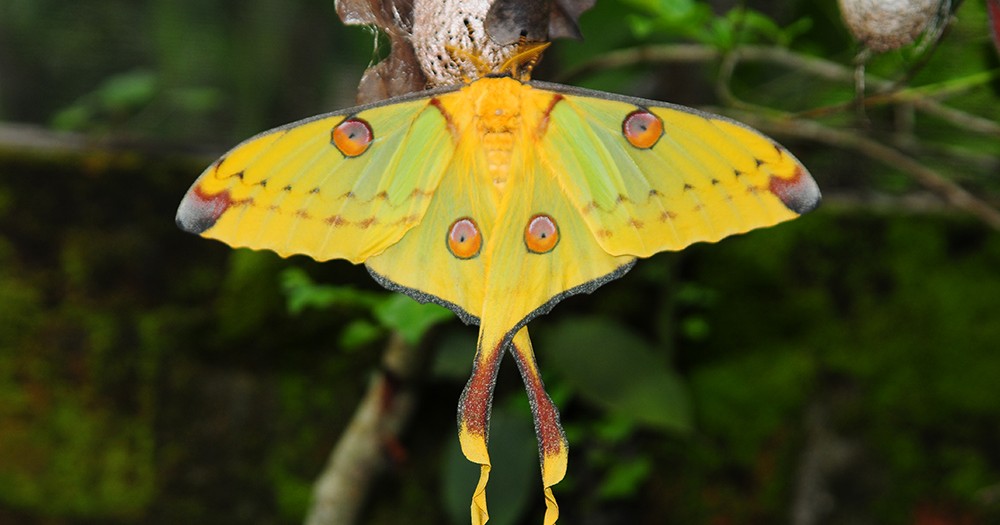Peppered Moth(Biston betularia)
Peppered moth, a night-flying moth species of the Geometridae family, occurs in different regions of China, alongside Japan, North Korea, South Korea, India, and parts of North America and Europe. They are called peppered moths because of the unique pattern of their wings, white sprinkled in black or vice-versa.
The evolution phenomena, commonly associated with these species, serves as an example of the natural selection process and population genetics. During the 19th century, the peppered moths of England, particularly the industrial city Manchester, eventually transitioned to a darker coloration from their initial pattern. Through several research, it was deduced that the Industrial Revolution was the primary reason behind their dark colors, which, however, occurred through natural selection. The moths tried to attain a body-color in adaptation to their surroundings as a survival strategy.
Scientific Classification
- Family: Geometridae
- Genus: Biston
- Scientific Name: Biston Betularia
Description and Identification
Caterpillar
The caterpillars of the peppered moth have an innate ability to mimic the color and form of twigs. Their shades mostly vary from green to brown, depending on the kinds of branches they feed. As per research, the larvae can sense the twig’s color using their skin, thus matching their body coloration accordingly to shield themselves from predators.
Adult Moth
Sexual Dimorphism: Present
Color and Appearance: When opened, the wings in the light-colored peppered moths appear with black speckles. However, it is the other way for the dark peppered moths; black with white speckles. When closed, the peppered pattern remains mostly the same.
The antennae in males have a comb-like projection that remains absent in females.
Average wingspan: 4.5 – 6.2 cm
Flight pattern: Consistent
Eggs
The oval-shaped eggs are pale green, with a length of approximately 1 mm.
Quick Facts
| Other names | Darwin’s moth |
| Distribution | China (in regions like Jilin, Hebei, Shanxi, Ningxia, Xinjiang, Yunnan), Mongolia, Russia, North Korea, South Korea, Japan, Turkmenistan, Kazakhstan, Georgia, Kyrgyzstan |
| Habitat | Gardens, woodlands, hedgerows, parks, scrublands |
| Predators | Birds like flycatchers, nuthatches, European robin |
| Lifespan of adults | One year |
| Host plants /Larva food | Oak, birch, and willow leaves |
| Adult diet | Nectars of host plants |
Did You Know
- The melanic (dark) and nonmelanic (light) types of peppered moth are known by several names in different regions. In Britain, the white ones are typica, and the dark ones, carbonaria. In North America, the melanic ones are swettaria.
- Since Charles Darwin discovered the natural selection theory seen in these moths, they are even called Darwin’s moth.
Scientific Classification
- Family: Geometridae
- Genus: Biston
- Scientific Name: Biston Betularia










